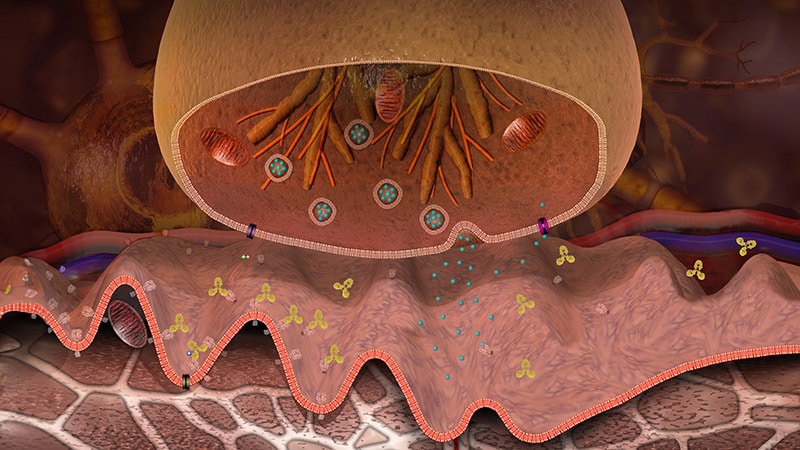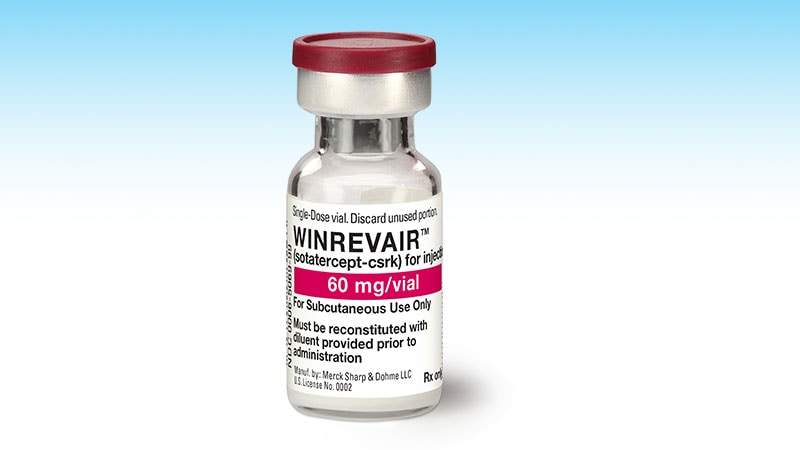TOPLINE: Adding intranasal ketamine to fentanyl does not improve pain scores in patients with out-of-hospital trauma injuries.
METHODOLOGY:
- Researchers conducted an out-of-hospital randomized, placebo-controlled, blinded, parallel group clinical trial of 192 patients requiring out-of-hospital analgesia for acute traumatic injuries.
- The participants received standard care treatment with fentanyl followed by a single intranasal dose of 50 mg ketamine (n = 103) or placebo (n = 89).
- The primary outcome was the occurrence of a minimum 2-point reduction in pain assessed 30 minutes after study drug administration.
- Secondary outcomes included pain ratings at emergency department (ED) arrival, pain control over 3 hours after hospital arrival, and additional pain medication use during out-of-hospital and ED care.
TAKEAWAY:
- Thirty minutes after receiving study medication, 36.0% participants in the placebo group and 44.7% in the intranasal ketamine group reported clinically meaningful pain reduction; the difference did not reach statistical significance (P =.22).
- Pain over 3 hours of ED care did not differ between the ketamine and placebo groups at any time point.
- No difference was seen between treatment groups in the proportion of participants needing additional pain medications and the total amount of pain medications received.
- Adverse events did not differ between groups.
IN PRACTICE: "Although adding intranasal ketamine did not prove effective in any measured outcome, ketamine did not increase the risk of important adverse events. Importantly, we observed no difference in sedation after receiving ketamine and fentanyl, and no episodes of laryngospasm or emergence phenomenon occurred," the authors wrote.
SOURCE: The study was led by Jason T. McMullan, MD, MS, Department of Medicine, University of Cincinnati, Cincinnati, Ohio. It was published online in Annals of Emergency Medicine.
LIMITATIONS: Some participants may have displayed nystagmus after receiving ketamine, potentially leading to unintentional unblinding. An unexpected imbalance in the allocation of ketamine and placebo was observed.
DISCLOSURES:The study was supported by grants from the United States Air Force. The authors reported no conflicts of interest.
This article was created using several editorial tools, including AI, as part of the process. Human editors reviewed this content before publication.

.webp) 2 days ago
3
2 days ago
3





























 English (US)
English (US)